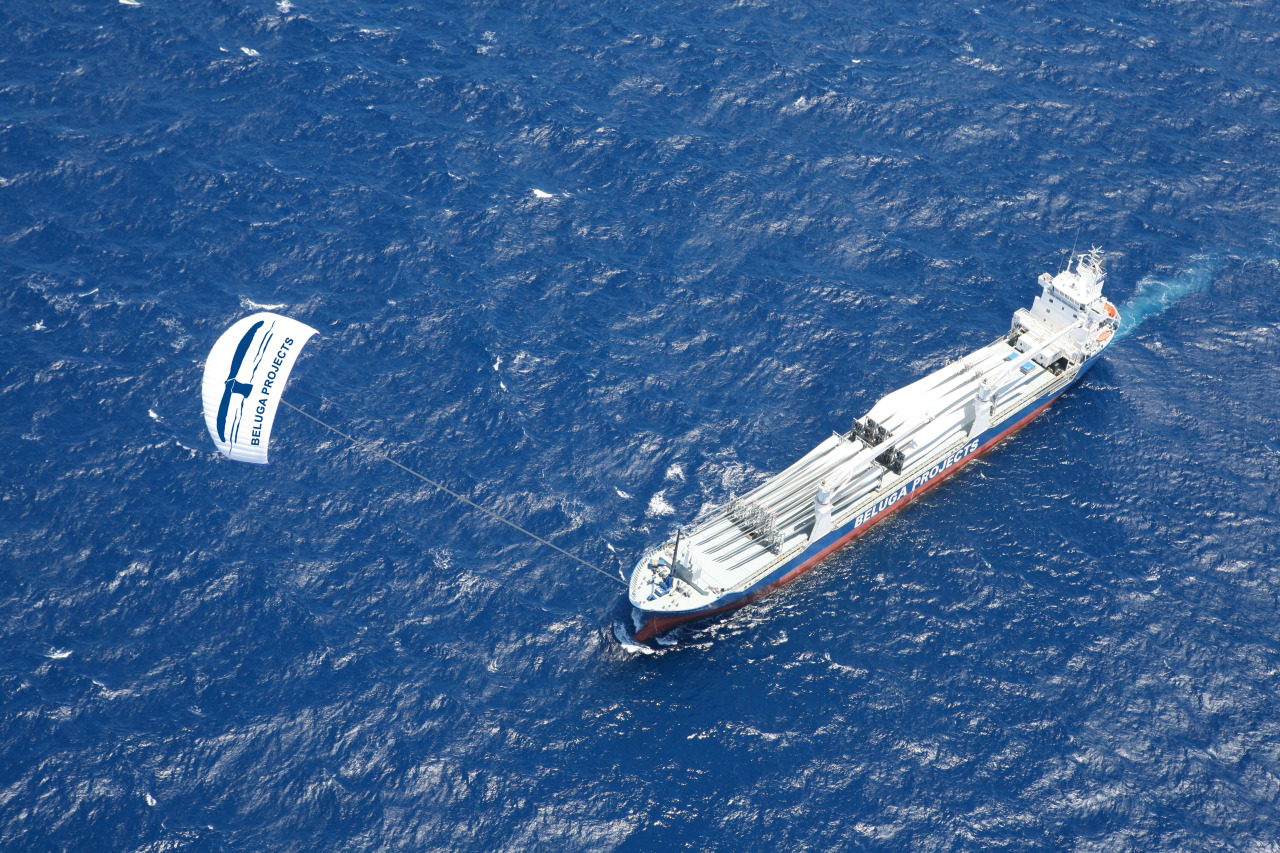I'm impressed that shows a meaningful effect at all, cargo ships are so heavy…
this post was submitted on 04 Oct 2022
6 points (100.0% liked)
Green Energy
2206 readers
55 users here now
Everything about energy production and storage.
Related communities:
founded 2 years ago
MODERATORS
Indeed. However, they are also very slow (usually around 30 km/h) and more importantly very slow to change that speed (cargo ships starts braking 5-10 km before port). The ships' engines aren't doing a ton of work themselves either, per unit of time.
Work per time is power in physics. A ship like this has an engine of about 100 000 horse power per google, which is about 400 cars' worth of power. And 10th of that is about 40 cars. Which matches thereabouts a huge sail in a strong wind at large altitude in the open ocean like this, I think. Back of the envelope math checks out.
